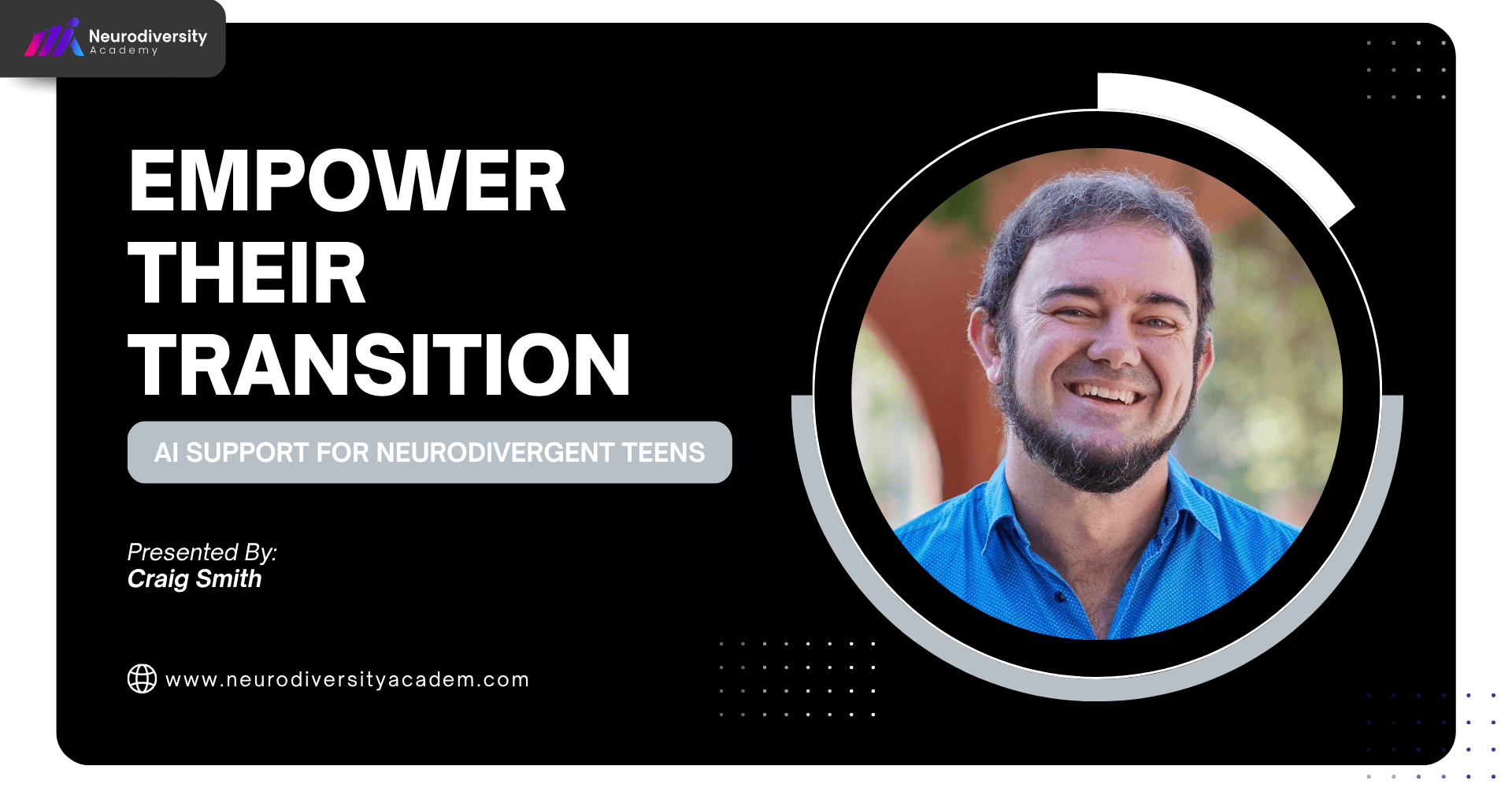The Hidden Curriculum: What Neurodivergent Employees Wish We Knew
By Kathleen McCarthy, creator of hey!dhd — an Autistic ADHD’er navigating the working and learning world, advocating for inclusion, clarity, and authenticity in learning and workspaces.
When we talk about what it takes to succeed in the workplace, the focus usually lands on the obvious stuff: showing up on time, being good at your job, communicating clearly, and playing well with others.
But lurking just beneath these formal expectations is something harder to pin down — a set of unwritten, unspoken rules that shape how we’re seen, included, and promoted at work. This is the hidden curriculum. And for many of us autistic people, it’s one of the biggest challenges to feeling safe, supported, and successful in the workplace.
Here at hey!dhd, the hidden curriculum is something we work hard to undo in the way we go about our own work. We also partner with neurodivergent individuals and organisations to demystify these unspoken systems. This is especially critical for neurodivergent students as they prepare to leave school and embark on life beyond it. So, let’s take a look at how the hidden curriculum shows up and how it impacts us — and what we can do about it.
What Is the Hidden Curriculum?
The hidden curriculum is all the informal, assumed, and often invisible knowledge that shapes how things really work at work. These aren’t written into job descriptions or onboarding documents, but they’re still enforced — often through social consequences or missed opportunities.
Think of things like:
- Knowing when to speak up in meetings (and when to hold back)
- Navigating office politics and social hierarchies
- Understanding how much small talk is “just enough”
- Realising who has influence — regardless of their title
For neurotypical employees, these expectations are often absorbed unconsciously. Often, I feel like the rules were presented at a meeting I forgot to attend — or sent in a memo I accidentally deleted before I read it. For autistic employees, decoding these signals requires active effort, mental energy, and a lot of guesswork — and even then, it’s easy to get it wrong.
How the Hidden Curriculum Impacts Neurodivergent Employees
1. Misreading and Mis-responding
For many neurodivergent people, interpreting implied instructions or reading between the lines is a nightmare. One of my most common faux pas when I worked in corporate came after the classic, "Does anyone have any last questions before I close the meeting?" I always had a question.
And it’s not that I didn’t “understand” humour — I just didn’t find jokes about gender or sarcastic discrimination funny (even way back in the 1990s). It’s not the words that are misinterpreted, but how we engage with the (unwritten but expected) appropriate response to them. That difference can lead to awkward moments or social missteps, which are often unfairly interpreted as rudeness, disengagement, or unprofessionalism.
2. Social Exhaustion
For many autistic workers, navigating these unspoken rules requires masking — a constant effort to blend in, follow social norms, and suppress natural behaviours. But masking is exhausting. And I could never pull it off. One of my go-to masks while working in finance was pretending to be interested in the NSW rugby league. As the office hyped up for State of Origin, I joined the conversation with: "So, who’s playing?" I can still feel the disdain from the group. Over time, masking can lead to burnout, shutdowns, and a deep sense of disconnection — not to mention embarrassment.
3. Unclear Expectations
When crucial workplace expectations are left unsaid — like the importance of informal networking or like how “visibility” is tied to promotion — neurodivergent employees can be left in the dark. Missing these cues isn’t about capability. It’s about access.
ADHD-me still loves Friday night drinks, but Autistic-me struggles with the social small talk. And at this time of year, what’s everyone chatting about? The NRL and the school tipping comp. Torture.
What We Can Do as Neurodivergent Employees
It shouldn’t be our job to decode a secret system just to survive (cue Mission Impossible music). But until workplace norms shift more widely, here are a few ways we can advocate for ourselves — and some signs to look for when choosing (or staying in) a workplace.
1. Ask Questions — and Notice the Response
If something feels unclear or unspoken, ask for clarification. The reaction you get is telling. Inclusive teams won’t make you feel silly for asking — they’ll thank you for helping bring clarity to the group.
2. Look for Signals of Neuro-Inclusivity
Signs of a genuinely inclusive workplaces might include:
- Clear, structured onboarding processes
- Flexible or asynchronous communication options
- Managers who ask, “What support works best for you?”
- Openness to written communication over impromptu meetings
- A culture where feedback flows in both directions
3. Unmask Selectively
Masking can be a survival strategy — but it’s okay to take it off sometimes. Finding even one person or space where you don’t have to pretend is invaluable. If there’s no such space? That’s information, too.
Many of my students and clients have asked me whether they should unmask at work. That moment always feels like one of those fixed points in a time travel movie — significant and deeply personal. I feel so privileged to hold space for those questions. Only you can decide when and how to unmask, and that’s why these conversations are so important. It’s not just about self-advocacy — it’s about understanding when unmasking may not be in your best interest.
4. Name the Hidden Curriculum
Sometimes the most powerful thing we can do is name it. Saying, "There seems to be an expectation here that hasn’t been named" or "I just want to check if there’s an unwritten rule I’m missing" brings the invisible into the open. It can prompt others to reflect on the systems in place. That said, it’s a big call — and one I still find terrifying at times.
Final Thoughts
The hidden curriculum isn’t just a neurodivergent issue — it’s a barrier to inclusion for anyone who doesn’t neatly match normative expectations. By naming it, questioning it, and refusing to blame ourselves for not predicting what was never said out loud, we begin to shift the culture.
Because we know that clarity helps everyone. And when we share our stories and start conversations about the impact of the hidden curriculum, we begin to see it for what it is: a systemic issue — not a personal failing rooted in a neurodivergent person’s "deficits."
At hey!dhd, we create space for this connection and conversation — through mentoring, post-school support, and workplace cultural change. Drop by our website at heydhd.com.au or Facebook or LinkedIn and Instagram .





